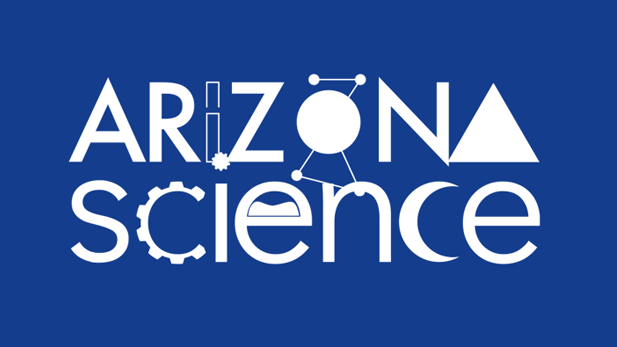 Arizona Science, Fridays on NPR 89.1
Arizona Science, Fridays on NPR 89.1
Dr. Rubin Zeng uses his expertise in global climate-related processes at the interfaces between land, atmosphere and ocean to predict the severity of hurricane seasons. He explains that hurricanes in the north Atlantic Ocean start with atmospheric disturbances over North Africa, including the Sahara Desert. Those disturbances roil westward by tradewinds in the Tropics and Subtropics, churning up the surface layers of the Atlantic Ocean and eventually spinning clockwise as they collide with the west-to-east winds in the cooler temperate zone and, on occasion, creating hurricanes. With huge amounts of data from satellites and from land-and-ocean-based instruments, Dr. Zeng and his colleagues are becoming increasingly expert at seasonal hurricane prediction - but available computing power limits the ability to run global models with the accuracy needed to predict the details of individual hurricanes far in advance. Regarding Arizona's weather, Dr. Zeng comments that El Nino is not a very good predictor of winter storms, which are affected also by other climate processes such as the multi-decadal variability over the Pacific and Atlantic Oceans.
IN THIS EPISODE
Rubin Zeng, Professor of Hydrology and Atmospheric Sciences and Director of UA's Climate Dynamic and Hydrometeorology Center
Leslie Tolbert, Ph.D., Regents' Professor in the University of Arizona's Neuroscience Department

By submitting your comments, you hereby give AZPM the right to post your comments and potentially use them in any other form of media operated by this institution.